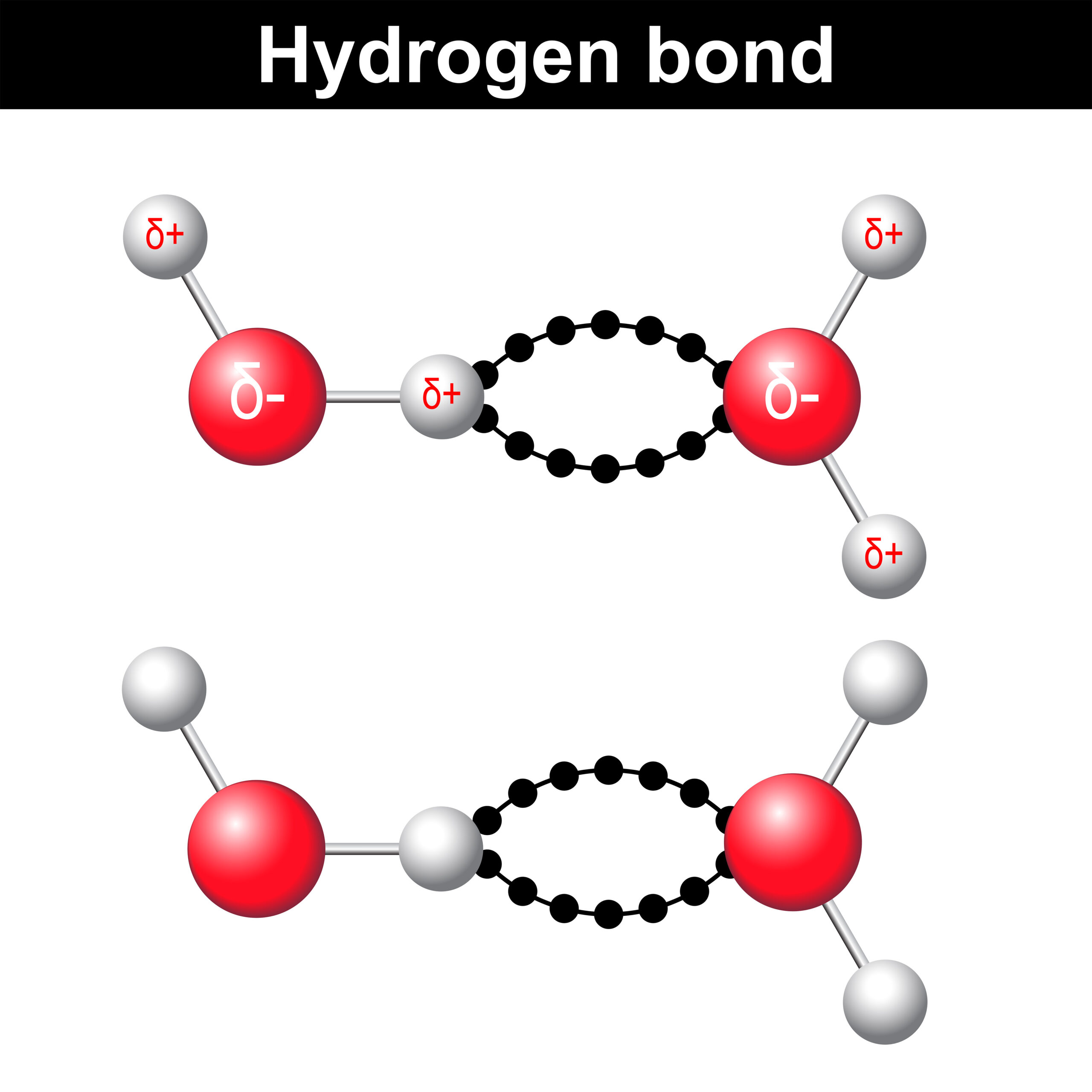Local anesthetics are indispensable tools in modern medicine, providing temporary relief from pain during a variety of medical and dental procedures. They achieve this by temporarily blocking the transmission of nerve impulses, which transmit pain signals to the brain. In this article, we will delve into the intricacies of local anesthetics, exploring their mechanisms of action and the various classes of drugs available.
Local anesthetics act by reversibly blocking the flow of sodium ions through voltage-gated sodium channels in nerve cell membranes. This inhibitory action prevents the initiation and propagation of action potentials, which are essential for transmitting nerve impulses. As a result, the nerve impulses that carry pain signals are blocked, leading to temporary numbness in the affected area.
The local anesthetic agents bind to the hydrophobic inner cavity of the voltage-gated sodium channel, which is only accessible when the channel is open. The potency and duration of the anesthetic effect depend on the drug’s affinity for the sodium channels and the rate at which it dissociates from the channels.
Local anesthetics can be classified into two major groups based on their chemical structure: amides and esters. Both groups share a common structure consisting of a lipophilic aromatic ring, an intermediate ester or amide linkage, and a hydrophilic amine group. The nature of the intermediate linkage determines the class of the anesthetic.
- Amide Local Anesthetics: Amide local anesthetics, such as lidocaine, bupivacaine, and ropivacaine, have an amide bond connecting the aromatic ring and the amine group. These agents are primarily metabolized in the liver and have a longer duration of action compared to ester local anesthetics. Amides are less likely to cause allergic reactions and are often the preferred choice in clinical settings.
- Ester Local Anesthetics: Ester local anesthetics, including procaine, chloroprocaine, and tetracaine, possess an ester bond between the aromatic ring and the amine group. These agents are metabolized by plasma esterases, resulting in a shorter duration of action. They are also more likely to cause allergic reactions due to the formation of para-aminobenzoic acid (PABA), a known allergen, during their metabolism.
The pharmacokinetics of local anesthetics are influenced by factors such as tissue perfusion, protein binding, and lipid solubility. Highly perfused tissues, like the heart, liver, and kidneys, receive a higher concentration of the anesthetic, leading to rapid absorption and shorter duration of action. Conversely, less perfused tissues, such as adipose tissue, have a slower absorption rate, prolonging the anesthetic effect.
Local anesthetics with a higher degree of protein binding have a longer duration of action, as the bound drug is less susceptible to metabolism and elimination. Similarly, more lipophilic agents penetrate the nerve membrane more effectively, resulting in a stronger and longer-lasting anesthetic effect.
In conclusion, understanding the mechanisms of action and the various classes of local anesthetics is crucial for healthcare providers. This knowledge allows them to make informed decisions when selecting the appropriate anesthetic agent for each individual patient and procedure, minimizing risks and maximizing patient comfort. As research progresses, new advancements in local anesthetic techniques and agents will continue to improve the quality of care and patient experience in medical and dental procedures.

